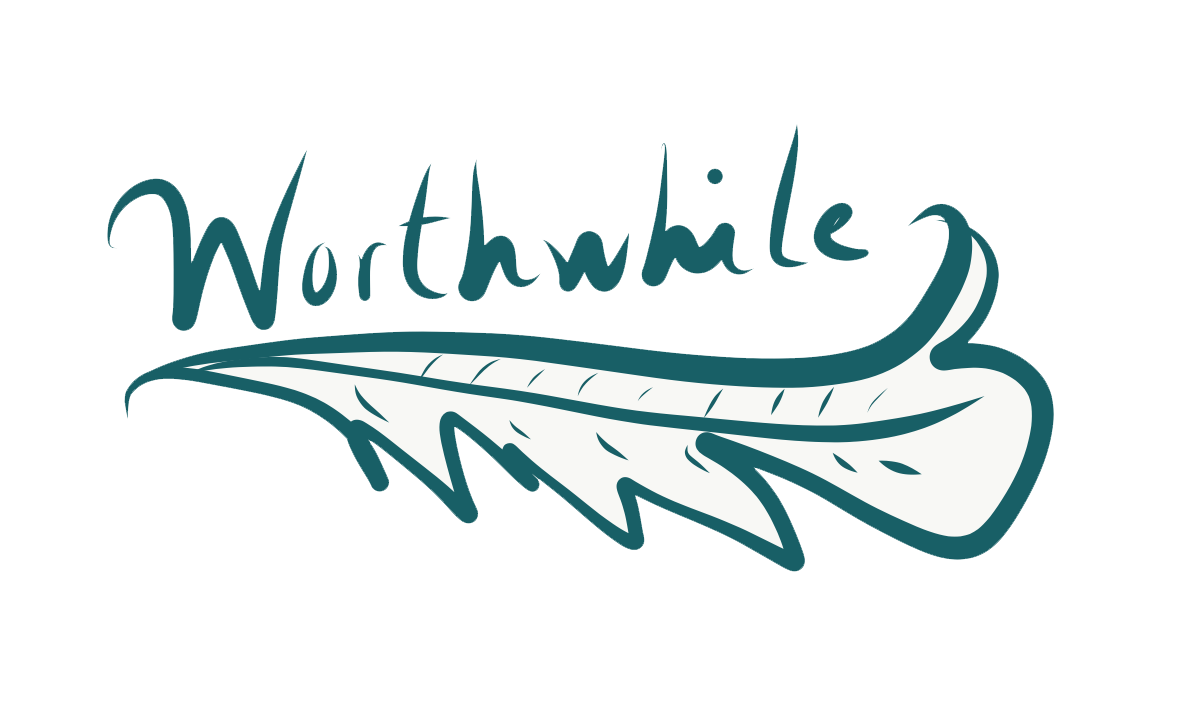A Conversation with Megan Dorsey of Everthine Antiques & Stationery
We are delighted to share our conversation with our friend Megan Dorsey of Everthine Antiques & Stationery. Megan is an antiques dealer, artist and graphic designer with her own line of stationery and paper goods celebrating Black Victorian women. She is also a collector and scholar of African American photographs and ephemera. We are continually inspired by Megan’s beautifully-curated antiques inventory and original designs and are so excited to share her insights with our readers.
Image courtesy of and copyright Megan Dorsey
The Conversation:
Worthwhile Magazine (WM): Welcome, Megan! Thank you so much for taking the time to speak with us. To start off, we’d love to hear about your journey to become an antiques dealer and graphic designer.
Megan Dorsey (MD): For starters my parents have always bought antiques. They were thrifty and liked unique quality things. My grandmother also played a huge part in my love for old items. She lived in Chicago in one of those gorgeous historic brownstone condos. The doors were thick and made of solid mahogany with carvings galore. She’d always let me go through her closet and look at things and try them on. She had tons of jewelry, hats, and purses. I was just in awe of how different old stuff looked and was made. Each visit, she always let me leave with at least one thing.
As far as graphic design, I was originally an art/photography major, which is how I know my way around Adobe products. Later, I changed my major to art history and went on to intern at a few galleries and an auction house. I was bright-eyed and thought for sure I’d land a proper job in the art and antiques world but due to me not being of a certain group or having a certain last name, I found the art world was just like the real world. So I decided to do my own thing. My dad always told me, “you don’t make money working for someone else.”
Drexel chinoiserie bachelors chest sourced by Megan Dorsey for Dorsey Antiques, image courtesy of and copyright Megan Dorsey
WM: We know your parents are also antique dealers with their shop Dorsey Antiques. That’s an amazing intergenerational dynamic! Tell us about their antique business – do you have different favorite eras or is your taste similar?
Tiffany Studios stamp box in the Dorsey Antiques inventory, available at https://dorseyantiques.com/collections/all/products/tiffany-studios-grapevine-pattern-bronze-and-glass-stamp-box, image courtesy of Megan Dorsey
MD: It’s a funny story how my parents got into antique dealing. It was around the time Etsy (circa 2011) started picking up steam as a reputable place to sell vintage and handmade goods. I was still in college and looking for ways to make money on the side while doing what I love - picking. Of course, back then the concept of making good money online was new as well as Etsy, so when my dad saw me buy an old wrinkled Victorian dress, he thought I was misguided like all parents do. It wasn’t until it sold for $100+ dollars that he started to pay attention.
My parents always shopped at antique stores and estate sales for their home but never thought of using it as a way to make a living. As a result, my dad decided to take the risk and start his own online shop - Dorsey Antiques.
“I hear people say “Millennials don’t buy antiques” but what you don’t often hear is “dealers and shop owners are not evolving with the times and learning buying habits of Millennials.” ”
WM: There aren’t that many Millennial antiques dealers out there! What are some of the ways you think these dealers bring a fresh perspective to the field? Do you have any advice for Millennial readers thinking about becoming antiques dealers?
MD: I’ve wondered the same thing! For me personally, the antique dealer world can be a bit stuffy and out of touch. I still go to antique stores and will see postcard sections labeled “Blacks” in reference to postcards depicting Black people in an unflattering and racist way. I once had an old white woman yell at me from across a room (it was at an antiques show) “Hey! I have black things! Come here!” It was super jarring, and I could just tell she was from a time, unlike the one we are in today. And to Millennials, no matter what race, that kind of atmosphere is just not our thing.
Image courtesy of and copyright Megan Dorsey
I am not of the mindset that just because a person is from a different generation they can’t learn or change. Sadly, many antique shops are needlessly closing down because the owners refuse to have an online presence, or even accept debit cards or virtual payments. I hear people say “Millennials don’t buy antiques” but what you don’t often hear is “dealers and shop owners are not evolving with the times and learning buying habits of Millennials.”
For the younger generation of dealers, I suggest starting off small. We have a huge advantage of being able to get a feel for being a dealer and owning a shop without the big upfront investment (like renting or owning a storefront, paying for ads, etc.). Once you get a feel for selling and increase your knowledge, you’ll have a good idea of whether you want to go full speed ahead with having your own website or even brick and mortar!
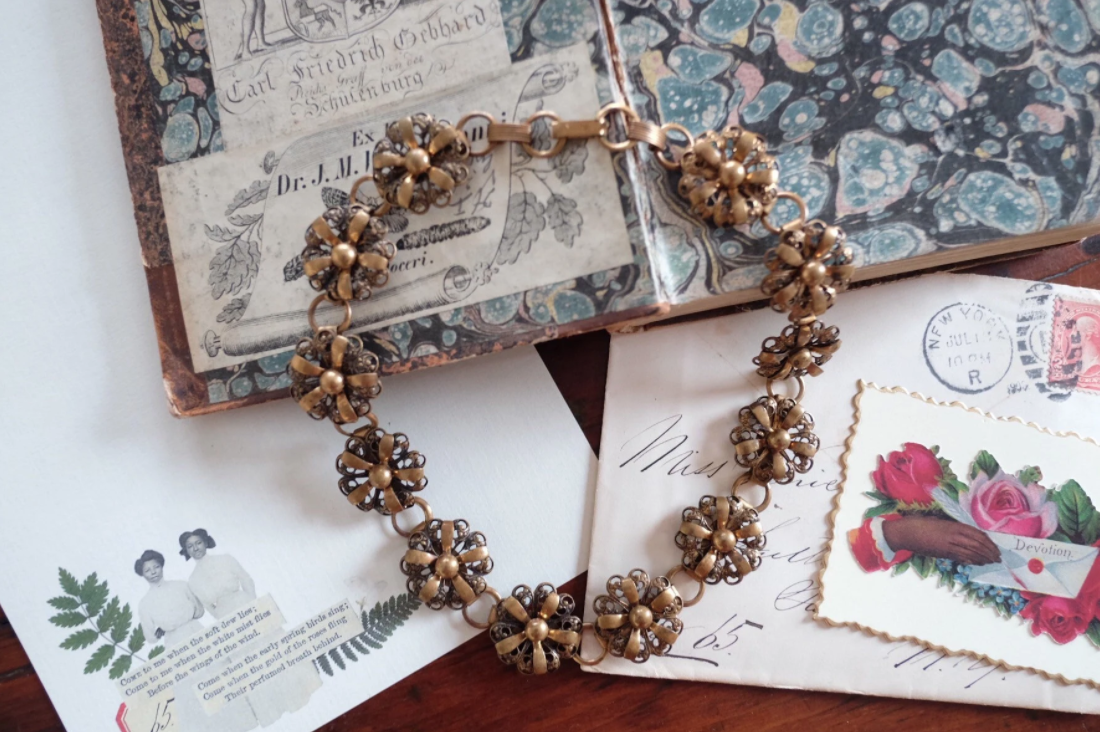
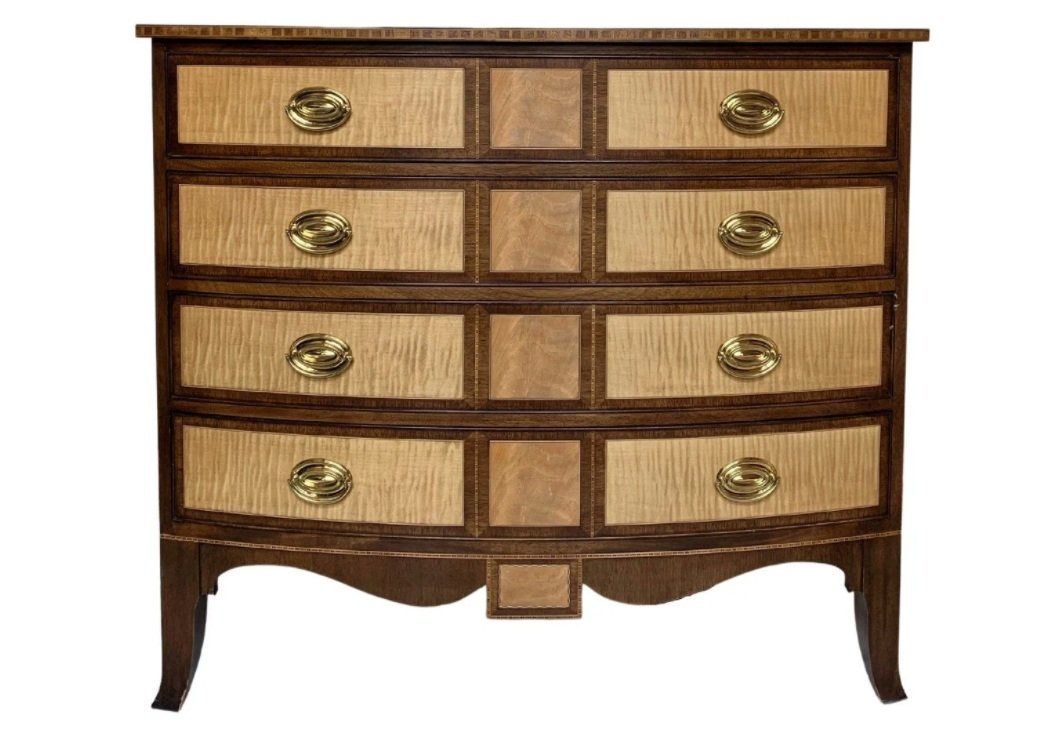
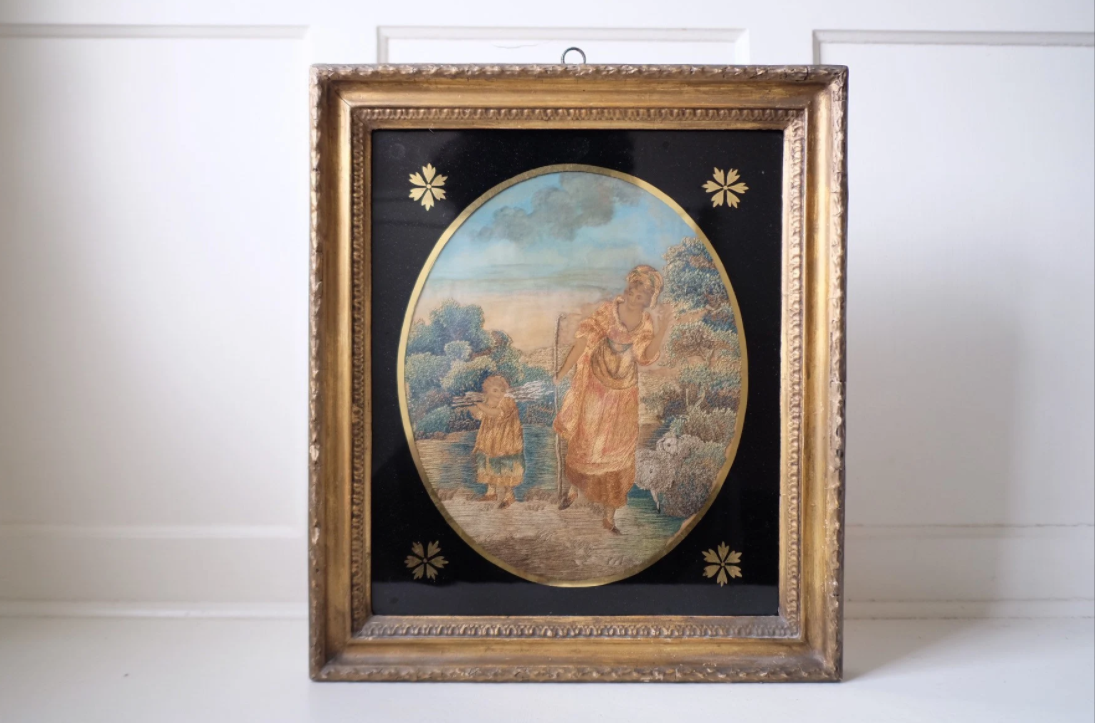
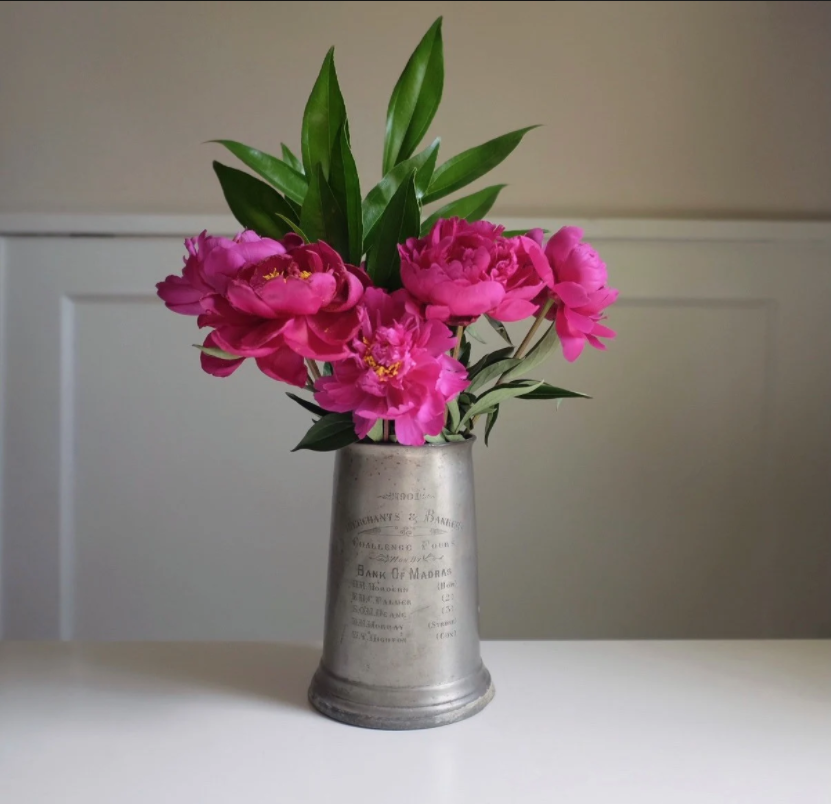

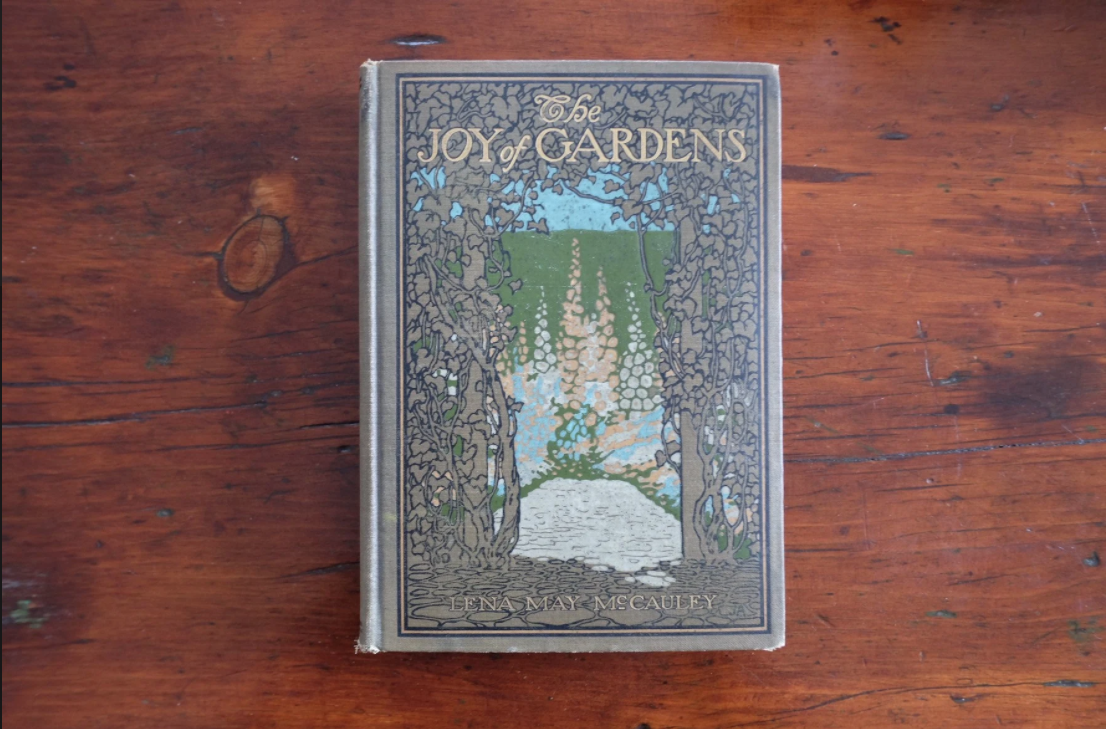
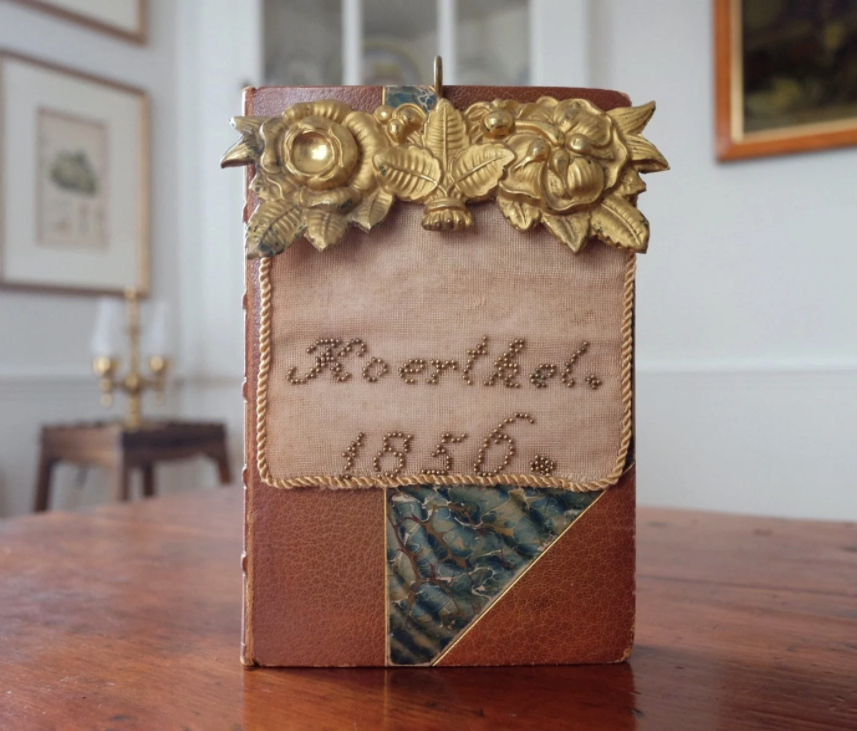
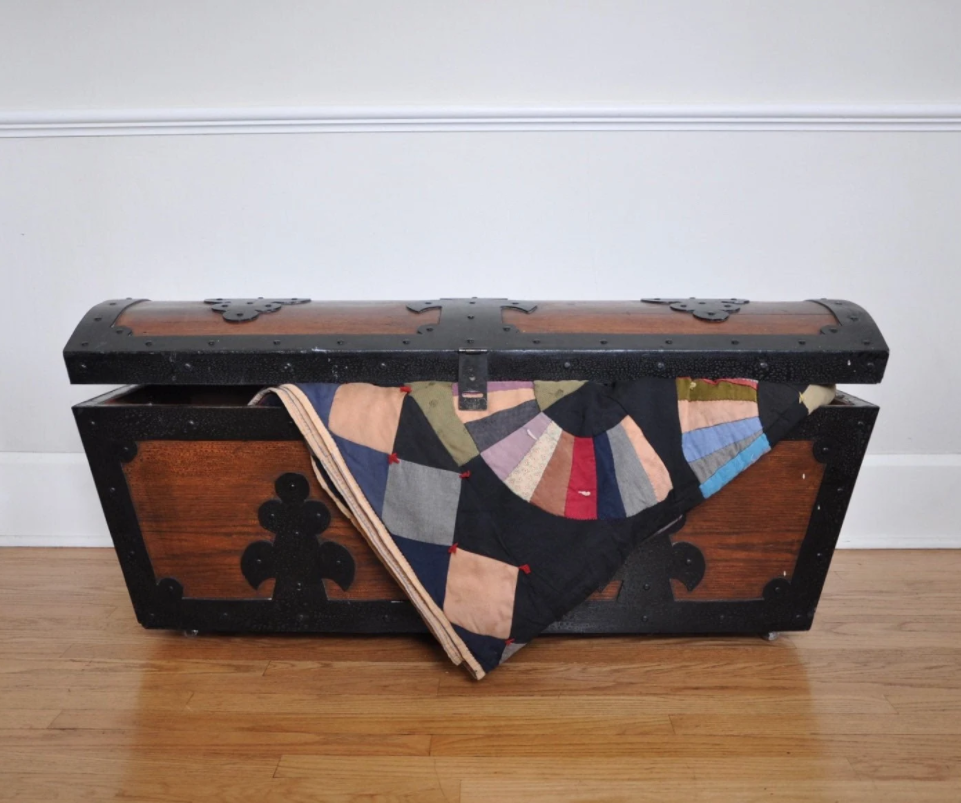
A selection of inventory in the Everthine Antiques shop, images courtesy of and copyright Megan Dorsey.
WM: We are huge fans of your gorgeous stationery. What were your inspirations for designing the line?
MD: Thank you so much. My vision started off simple: to create ephemera that matches the true nature of Black people in the Victorian-era.
Designs in the Everthine Antiques Stationery Collection designed by Megan Dorsey, image courtesy of and copyright Megan Dorsey
The reason I collect photos of Black folks is because it showed me how we really looked and lived our lives during that time. Racist ephemera is easy to find in antique shops. So for me it was personal and creating it was also therapeutic. Finally, I had calling cards and stationery to match the nature of the beautiful people in the photographs I collect.
I decided to make my designs for purchase because I know there have to be more women and men like me who love this part of our history but long to see commonplace items that represent us accurately. I also just love the art of letter writing and the thought of how on rare occasions ephemera can outlast a person. In some ways, I hope to leave behind papers, journals, photos, and letters that people can discover muse over after I am gone.
WM: Do you have plans to expand the line in the future? What sorts of products would you like to add?
MD: I would love to expand my line and possibly add postcards, journals, and authentic ephemera from around that time. My brain is still spinning with ideas!
Designs in the Everthine Antiques Stationery Collection designed by Megan Dorsey, image courtesy of and copyright Megan Dorsey
Designs in the Everthine Antiques Stationery Collection designed by Megan Dorsey, image courtesy of and copyright Megan Dorsey
Designs in the Everthine Antiques Stationery Collection designed by Megan Dorsey, image courtesy of and copyright Megan Dorsey
Designs in the Everthine Antiques Stationery Collection designed by Megan Dorsey, image courtesy of and copyright Megan Dorsey
Designs in the Everthine Antiques Stationery Collection designed by Megan Dorsey, image courtesy of and copyright Megan Dorsey
WM: Your powerful reframing of historic photographs in your designs is a perfect segue way to your scholarship as a photo collector and curator. Can you tell us about your roles in those areas?
Vintage photograph in Megan Dorsey’s personal collection, image courtesy of and copyright Megan Dorsey
MD: Collecting photos has been very personal for me. When learning about Black history in school a lot of what I would see were photos that made me sad. I didn’t feel empowered, besides the times we learned about the Civil Rights Movement. But whenever we learned about slavery, I just felt miserable seeing photos of slaves on ships and in fields. I honestly thought that’s how the majority of us were living after the Civil War and onward to the early 1900s. It wasn’t until I got older that I taught myself the history I wasn’t taught it school. My parents had a lot to do with this as well. But still, everything just felt like a story until I was able to get my hands on actual photos and ephemera of people who looked like me. It felt more real.
WM: Sarah Reeder was fortunate to attend the expert panel you participated in as part of your involvement as a member of the curatorial team of the “Small Nation of Women” exhibition held at Yale this winter. You shared some amazing insights about the complexities of collecting historical photographs of Black individuals, the importance of these photographs as evidence of elegant self-representation and to counter the poison of inaccurate, racist stereotypes. Are there any thoughts on this topic you would be willing to share with our readers?
Image courtesy of and copyright Megan Dorsey
MD: Yes, Black people and other minorities in America must seek out their own history and preserve it. I cannot put into words the impact of seeing images of your own people looking elegant and proud during a time of great pain and suffering. It gives you hope, a sense of pride, and it helps you put things into perspective. Look at what Black people were able to accomplish against all odds!
WM: How can our readers help support the continued development of your historic photography collection?
MD: Great question! I have an Instagram page @everthineannex where I sell photos and ephemera to earn money to buy more photos for my collection. I also have a donation link on that profile for those who’d like to help that way. I always like to give something in return for donations so I encourage people who leave their information so I can send them a treat via snail mail.
Shopping my store is also a great way! I pack everything with love and attention.
WM: Do you have a favorite item in your personal collection?
MD: That’s a tough one. I would have to say a small tintype brooch of a Black woman with a large hat decorated with flowers. I love it because it is a wearable conversation piece.
One of the brooches in Megan Dorsey’s personal collection, image courtesy of and copyright Megan Dorsey
WM: The highly problematic antiques category traditionally known as “Black Americana” is unfortunately filled with many objects that harbor terrible and harmful depictions. Do you have any insights you would feel comfortable sharing about this toxicity and possibly how collectors can expand their activities into different categories that are less tainted by racism?
MD: I feel like education and empathy will solve the problem of dealers who see no issue with capitalizing off of racist ephemera. It is tough because I do not think these items should be discarded or not sold at all… but I do find it to be a problem because of who is selling and who is buying. The last question is one I play around with in my head every time I’m in an antique store.
Stickers in the Everthine Antiques Stationery Collection designed by Megan Dorsey, image courtesy of and copyright Megan Dorsey
WM: We are in awe of the incredible styling of your Instagram account! You make the antiques come alive in your images. Do you think adding beauty to our days by incorporating carefully crafted antique objects to our daily lives can serve as a form of resistance to our prevailing contemporary culture of a rushed day full of mass-manufactured disposable goods?
Designs in the Everthine Antiques Stationery Collection designed by Megan Dorsey, image courtesy of and copyright Megan Dorsey
MD: Aw thank you! I am all for the slow-living counterculture we are seeing come to life in many ways. I love the snail mail community, garden community, journaling community, sewing community, etc. I think Covid and the shutdown taught us how to slow down and focus on what matters. I’ve had this mindset for a while but it has been hard to put into a proactive mode. Ways that I like to slow down are by journaling, writing letters, or preparing small gifts for friends.
WM: Do you have any dream projects you’d like to do in the future? What might they look like?
MD: I would love to partner with Crane & Co. with my stationery line, open a bookstore/cafe/antique shop, and also possibly an auction house. I know that’s a lot but I can see myself doing all of those things. That’s why I love the internet because it can make and has made so many things possible for small businesses.
Image courtesy of and copyright Megan Dorsey
WM: How can our readers check out your business and support your work?
MD: They can follow me on Instagram at @everthineantiques and shop my goods on everthineantiques.com
Image courtesy of and copyright Megan Dorsey
We extend our deepest gratitude to Megan Dorsey for graciously sharing her insights and beautiful designs with us and our readers! You can shop Megan’s stationery line and curated antique finds at everthineantiques.com
© Worthwhile Magazine 2022
